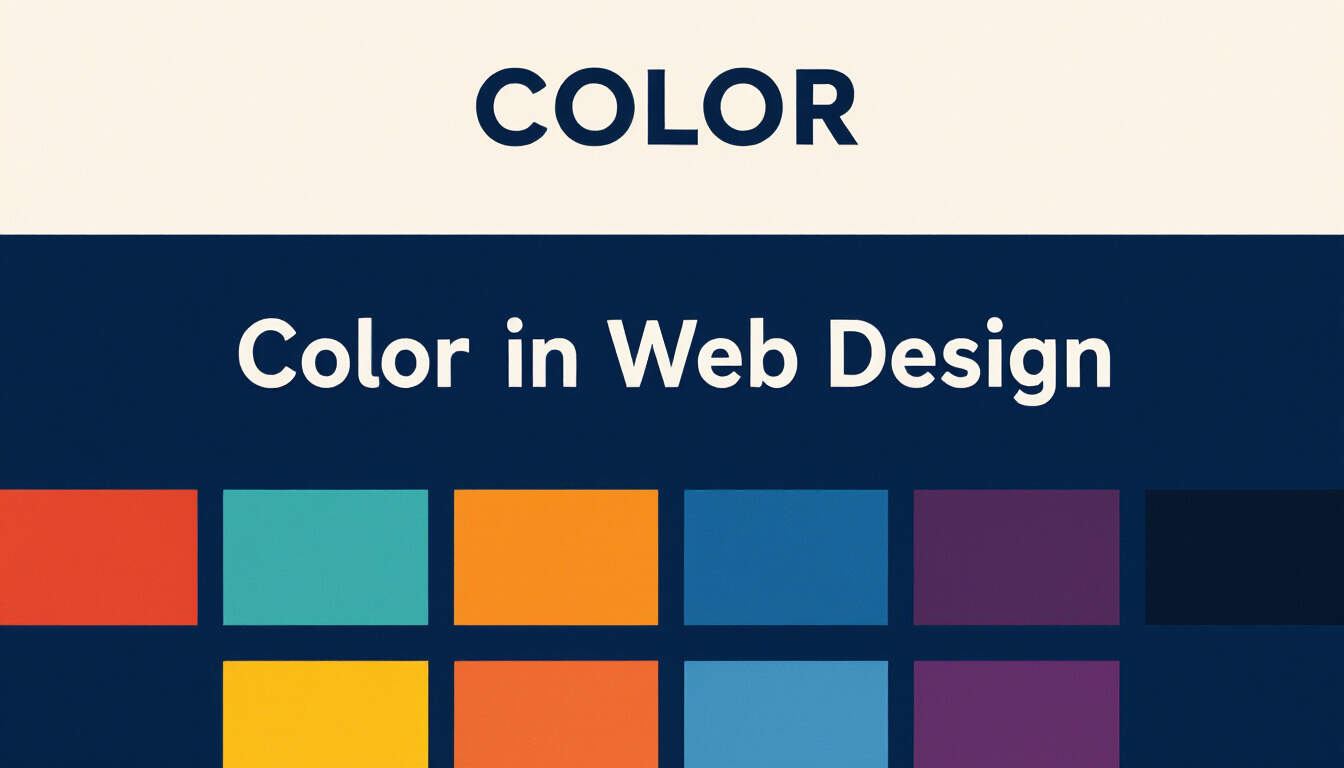Incorporating Color Theory into Your Freelance Web Development Journey
 by Shanie Goodwin
by Shanie Goodwin
Discover how color theory can transform your web development projects as a freelancer. Learn essential principles, practical applications, and tips to create visually appealing websites that attract clients and enhance user experiences.

Starting as a freelance web developer means building skills that make your work stand out. One key area is color theory, which plays a vital role in creating engaging websites. For beginners, grasping this concept can lead to better designs and more satisfied clients.
Color theory involves the study of how colors interact and influence emotions. It helps in selecting hues that align with a project's goals. For instance, blue often conveys trust and calmness, making it ideal for professional sites. By applying these ideas, you can improve your portfolio and attract more freelance opportunities.
In web development, colors form the foundation of visual appeal. They affect how users perceive a site and interact with it. A well-chosen color scheme can guide attention to important elements, like buttons or calls to action. As an aspiring freelancer, experimenting with colors early can refine your style and make your services more competitive.
Let's explore the basics. The color wheel organizes hues into categories such as primary, secondary, and tertiary. Primary colors include red, yellow, and blue, which mix to create others. Understanding this helps in building harmonious palettes for your projects. For web developers, tools like Adobe Color can assist in generating schemes that fit different needs.
When working on freelance projects, consider the psychology of colors. Red might evoke energy and urgency, suitable for e-commerce sites. Green suggests growth and is often used in environmental themes. By integrating these insights, you ensure your designs communicate effectively and resonate with audiences.
Practical application is where color theory shines. In coding, CSS properties like background-color and color allow precise control. For example, using complementary colors can make elements pop on a page. As a freelancer, this skill can differentiate your offerings and lead to repeat business.
Here are some steps to get started:
- Study basic color models like RGB and HEX, which are essential for digital work.
- Create mood boards for projects to visualize potential schemes.
- Test colors for accessibility, ensuring sufficient contrast for all users.
As you progress, think about branding. Clients often have specific identities, and color theory aids in matching their vision. A freelance developer who masters this can offer comprehensive services, from design to deployment.
Building a freelance career also involves continuous learning. Online courses and tutorials cover color theory in depth, providing hands-on exercises. Practice by redesigning existing sites or creating mockups for your portfolio. This approach not only hones your skills but also demonstrates your expertise to potential clients.
One effective strategy is to analyze successful websites. Look at how platforms like Spotify use color to enhance user engagement. Their green accents create a lively feel, encouraging interaction. By observing and adapting these techniques, you can innovate in your own work.
Challenges may arise, such as balancing aesthetics with functionality. However, with practice, you'll find ways to integrate colors seamlessly. For freelancers, this balance can lead to higher satisfaction rates and positive reviews.
Remember, color choices impact loading times and performance. Optimizing images and using efficient code ensures your designs are not only beautiful but also fast. This attention to detail can set you apart in a competitive field.
As you gain experience, consider specializing in niches like e-learning or retail, where color plays a significant role. For instance, in e-learning, softer palettes promote focus and retention.
In summary, incorporating color theory into your web development practice is a valuable step. It enhances your ability to create compelling sites and builds a strong foundation for a freelance career. With dedication and application, you'll see improvements in your projects and client relationships.
To wrap up, keep experimenting and seeking feedback. Your growth as a web developer will reflect in the quality of your work, opening doors to new opportunities.
